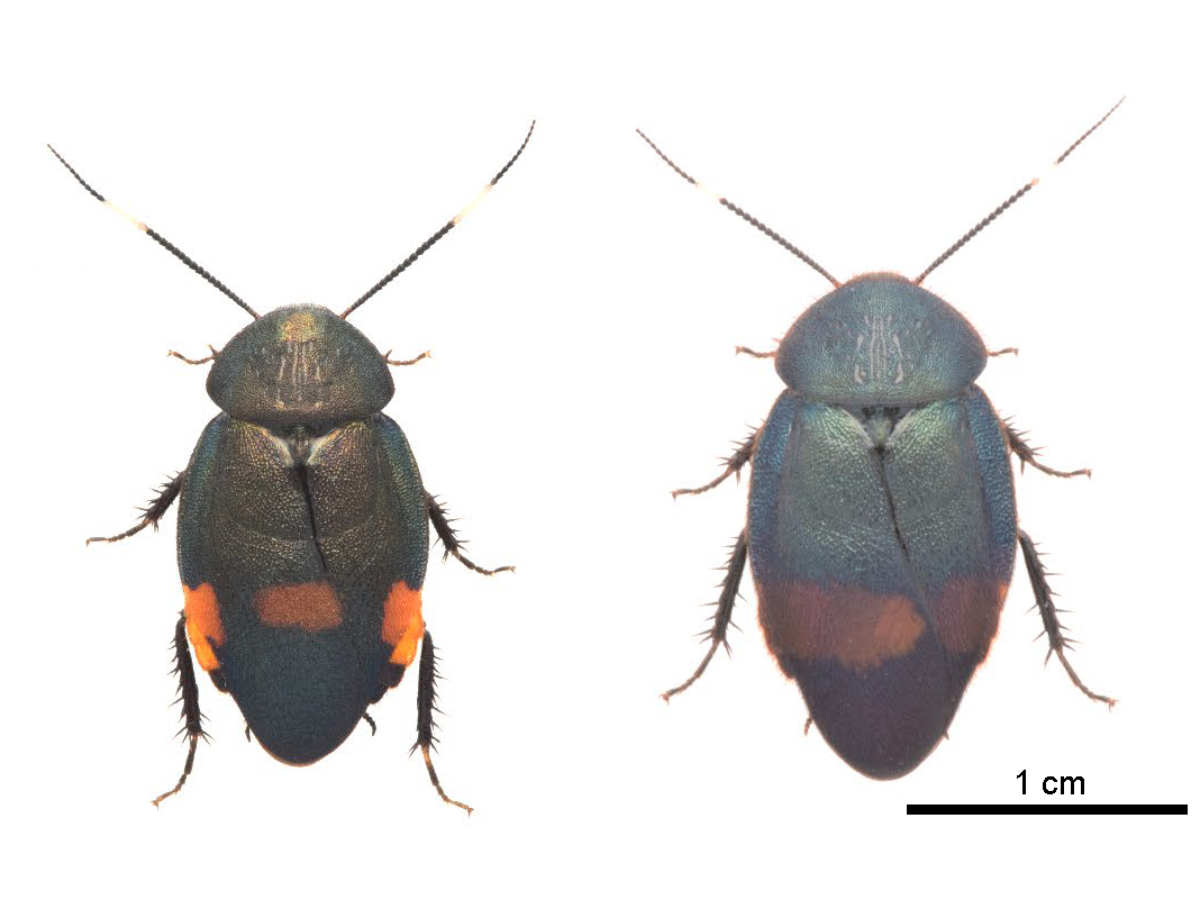
Source: PR Times
Discovery of two new Japanese cockroach species shines light on the insect’s evolution
- Tags:
- cockroaches / Insects / Japan
Related Article
-

Toco The Cat Adorably Watches Over His Baby Brother During Naptime
-

Maru The Cat Is Stumped By Three Mirrors, Can Only Be Cute In Response
-

Nagano farmers and restaurants team up to provide home vegetable meals during pandemic
-

New Exhibit Displays Original Evangelion Artwork And Rebuild Of Evangelion Inspired Japanese Swords
-

Illustrator chronicles Animal Crossing adventures as authentic explorer with incredible notebook
-

Astonishing Memo Pads Reveal Intricate Embedded Models The More You Use Them


Though not very much loved by residents of Japan (apart from a small handful of people who keep them as pets), cockroaches actually play a very important role in Japan’s ecosystem.
Up until recently there were only 57 known species of cockroach in Japan, – from the dirty city dwelling roach, to the secretive tree roaches of the forests – but following extensive genetic testing and DNA analysis, The National Museum of Nature and Science is proud to announce the discovery of 2 new members of Japan’s cockroach family.
The discovery is the first made in 35 years of a new species of cockroach living in Japan.
The two new species were discovered in Japan’s Southwestern islands – Kagoshima prefecture and Okinawa prefecture – by joint researchers from Hosei University, Kagoshima University and Ryuyo Insect Nature Observation Park. The findings were published by the group in the international journal Zoological Science.
In the study, DNA from the two new cockroaches were analysed and compared to other known species in Japan and from nearby countries. From the results, researchers were able to conclude that three species of Japan’s cockroaches formed a sister group with a species from Taiwan and differentiated highly from specimens from China. This discovery indicates the migratory route that the common ancestors of the Japanese cockroach must have taken; via the islands of Okinawa before heading further east.
Chart showing genus split and evolution of Japan’s cockroaches
Of the 59 species of cockroaches that live in Japan, only about 10% make their way into urban cities and human dwellings. The rest rarely come into contact with humans, and instead reside in trees and caves in Japan’s countryside, living off of organic matter such as fallen tree bark and fungi.
The small percentage commonly seen in the cities contribute to the bug’s “dark and dirty” image, whilst the more humble rural cockroaches, including the two new discoveries are seen more as a secretive and rather attractive insect. The cockroaches discovered recently can be identified by a bright orange crest and a metallic blue exoskeleton resembling the gleam on a patch of oil.
Though more attractive than their city dwelling cousins, it seems that even sharing a genus name with Japan’s gokiburi is enough to put most off of ever falling madly in love with these elusive forest beasts, and in any case, perhaps it’s best to be left at that.